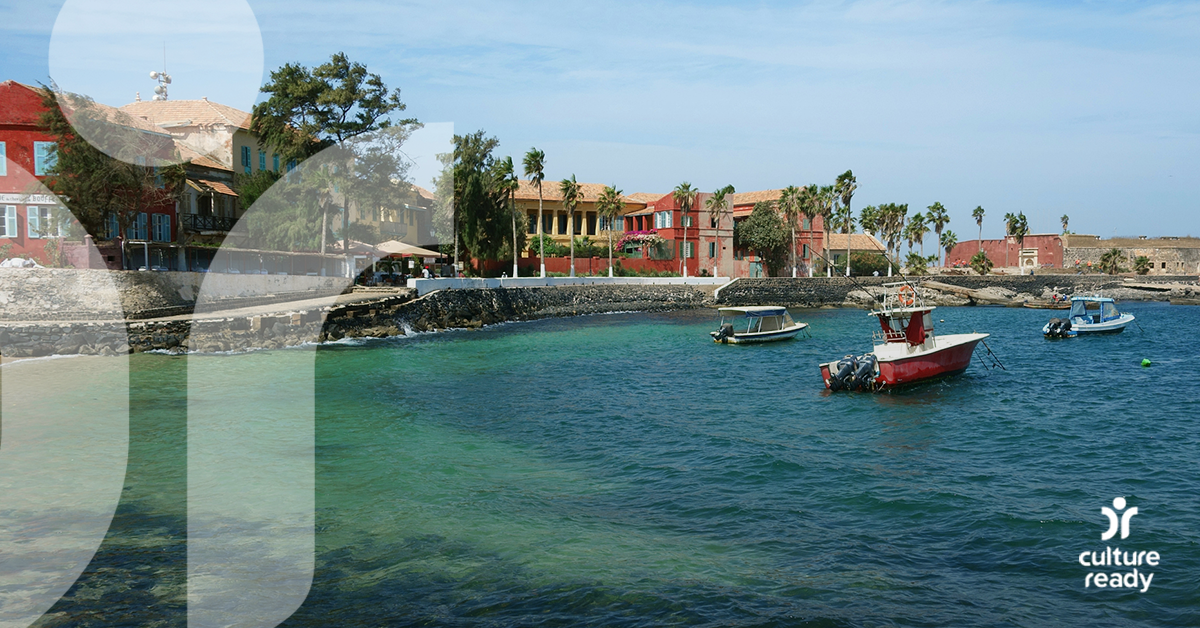10 Things You May Not Know About Senegal
Topics
With a population of around 16 million, Senegal is the westernmost country on the African continent. From pink lakes to seashell islands to wandering sheep and goats that can be found everywhere, Senegal is one of Africa’s most beautiful and welcoming countries.
- Senegal is also known as the Land of Teraanga — a Wolof word that loosely translates to hospitality. The spirit of teraanga encompasses generosity, especially during meals when everyone shares from a communal bowl. The concept also reflects an open culture in which everyone, regardless of their differences, is safe and welcome.
- About 18 miles from the nation’s capital, Dakar, Lac Rose is named for the pink color of its water. This natural phenomenon occurs due to the lake’s unusually high salt content — up to 40% in some areas. The saline attracts a type of non-harmful bacteria that give off a pink color when they absorb sunlight.
- There are seven UNESCO World Heritage sites in Senegal. Among them is the Djoudj National Bird Sanctuary, where more than three million birds migrate during the winter. That and the Saloum Delta, another UNESCO site where hundreds of bird species make their home, make Senegal a birdwatcher’s paradise.
- A 20-minute ferry ride from Dakar, Gorée Island was the busiest slave-trading center in Africa from the 1400s to the 1800s. Visitors can tour the UNESCO World Heritage site, where millions of slaves were put in crowded cells without fresh air or light before being shipped out to the Americas.
- Sheep have a spiritual significance in Senegal since they are used as a sacrifice during religious observances. That’s why on Sundays, shepherds bring their flock to Dakar’s beaches for a cleansing ritual. After soaking in the ocean, the sheep are scrubbed with soap and then given a manicure. It’s also common to see a sheep’s tail hanging from the back of taxis as a token of good luck.
- Senegal is home to three million Fulani or Fula people, one of the largest ethnic groups in West Africa. They are a nomadic, pastoral community that herd cattle, sheep, and goats.
- The country is named after the Senegal River and comes from the Portuguese word for the Berber Zenaga people who lived near it — “Azenegue.”
- Peanuts and fish are the country’s two biggest exports. Forty percent of cultivated land in Senegal is dedicated to peanut production. The country’s location along the Atlantic coast has made fishing a popular practice.
- The gigantic baobab tree is a national symbol of Senegal. The bark, pulp, leaves, and its bouye fruit are used to make ropes, food, and medicine. Most food vendors sell bouye fruit juice, one of two national drinks.
- In 2026, Senegal will become the first country in Africa to host an Olympic event — the Summer Youth Olympics.
